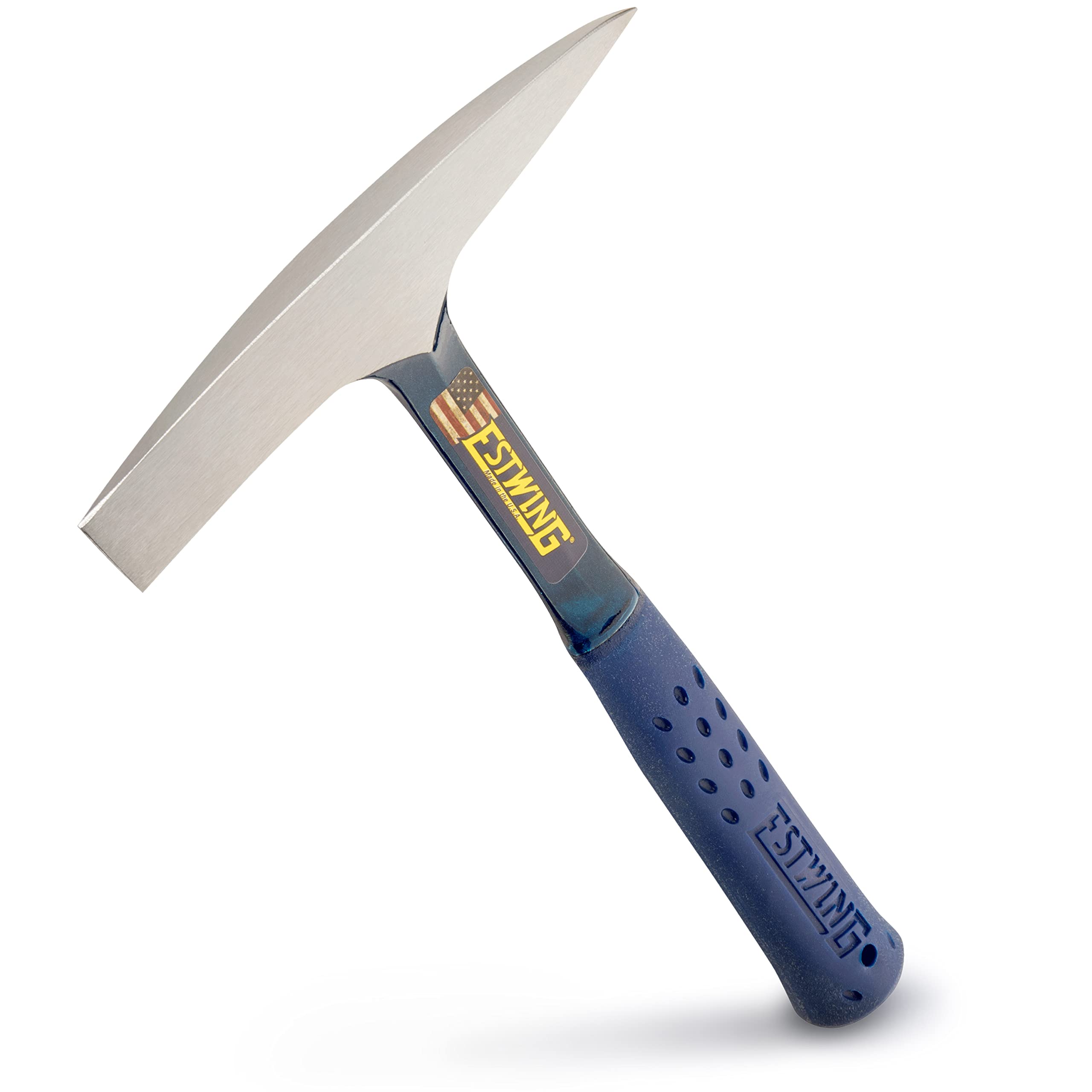A chipping hammer, also known as a hammer drill, is a tool that is used to make holes in concrete, stone, and other hard materials. It is powered by an air compressor, and it works by using a chisel-like bit to break apart the material. The tool is commonly used by construction and demolition contractors, as well as masonry and tile installers.
The chipping hammer is a powerful tool that can be used to create a variety of shapes in hard materials. It is typically used to create holes and channels for plumbing, wiring, and other installations, as well as for carving out decorative shapes and patterns.
Types of Chipping Hammers
There are two main types of chipping hammers: rotary and percussion. Rotary chipping hammers are powered by an electric motor, while percussion chipping hammers are powered by an air compressor.
Rotary chipping hammers are more powerful and can be used to create larger holes and channels. They also have adjustable speeds, allowing the user to choose the best speed for the job. However, rotary chipping hammers are more expensive and require more maintenance than percussion chipping hammers.
Percussion chipping hammers are less powerful but more affordable. They are typically used for small to medium-sized holes and channels. They are also more lightweight and portable than rotary chipping hammers, making them ideal for use in confined spaces.
How to Use a Chipping Hammer Safely
When using a chipping hammer, it is important to take safety precautions to avoid injury. Here are some tips for using a chipping hammer safely:
1. Wear safety goggles and a dust mask to protect yourself from flying debris.
2. Ensure that the area is well-ventilated to prevent dust inhalation.
3. Wear ear protection to protect against loud noises.
4. Use a dust extractor to reduce the amount of dust produced by the chipping hammer.
5. Secure the material to be chipped to avoid it shifting while in use.
6. Make sure the air compressor is properly maintained and in good working condition.
7. Utilize the right size and type of bit for the material being chipped.
8. Start with a low speed and gradually increase the speed as needed.
9. Hold the chipping hammer firmly with both hands to reduce fatigue and improve accuracy.
10. Regularly clean and lubricate the chipping hammer to ensure it is in good working condition.
Conclusion
A chipping hammer is a powerful tool used to create holes and channels in hard materials like concrete and stone. It is powered by either an electric motor or an air compressor and is commonly used by construction and demolition contractors, as well as masonry and tile installers. It is important to take safety precautions when using a chipping hammer, including wearing safety goggles and a dust mask, using a dust extractor, and properly maintaining the air compressor.

